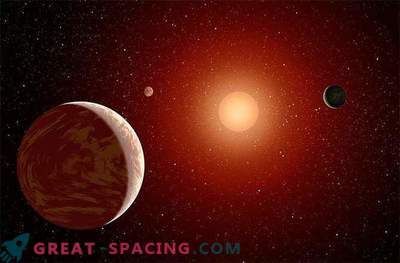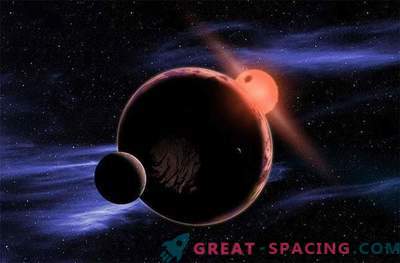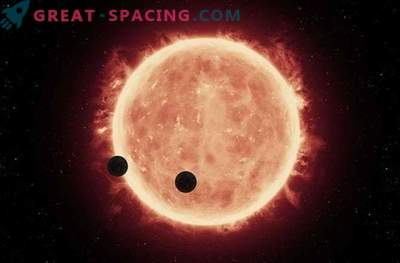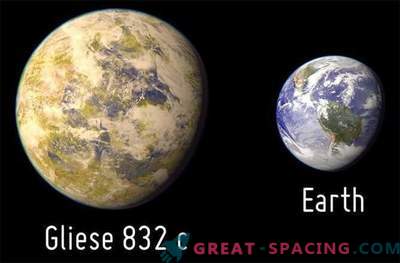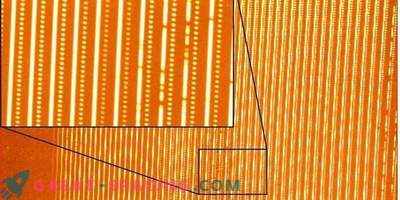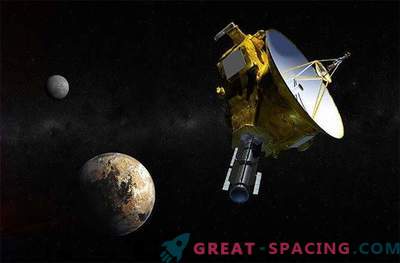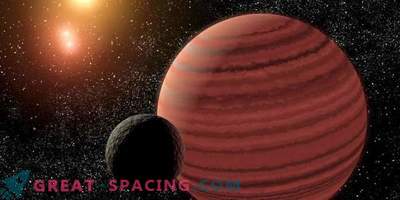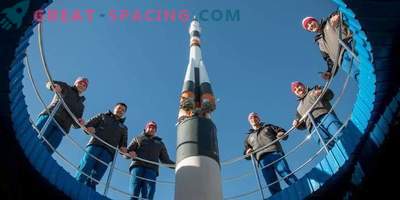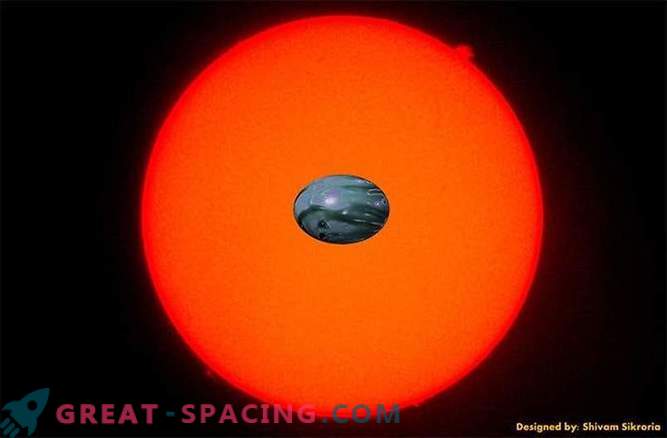
Exoplanets come in various shapes and sizes, from small rocky worlds smaller than Mercury to massive gas giants that would even eclipse Jupiter. Exoplanet hunters have developed complex arrays of telescopes and various methods to identify these distant worlds, but now we are on the verge of finding new exoplanets of various shapes. More details about exoplanets can be found in our article.
Exoplanets revolve around a multitude of stars, but the most interesting targets are the red dwarfs that are most common in our galaxy.
In the era of hunting for inhabited exoplanets (that is, worlds that revolve around their stars in a habitable area at a distance that is not too hot, but not too cold), astronomers discovered that red dwarfs have great potential. Since they are colder and smaller than our Sun, the habitable zones of red dwarfs are more compact. It also means that any inhabited worlds that orbit around a red dwarf make it faster. This orbital feature provides an additional opportunity for telescopes, since such an exoplanet, passing in front of the parent star, will block some sunlight.
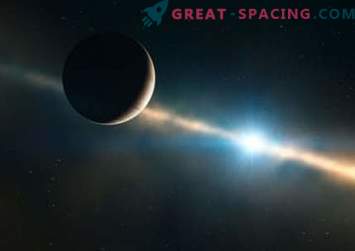
The hypothetical exoplanet through the eyes of the artist
Due to its small mass, red dwarfs are also very ancient stars. They are so old that there is a high probability of the birth of stable planetary systems, which for a long period of time would remain livable. The longer the period of existence, the more hypothetical life forms could develop.
Of course, red dwarfs can deliver a lot of problems for hypothetical residential worlds. Red dwarfs, as is known, are quite stormy young stars, having powerful stellar flares. In addition, their habitable zones are so compact that any of the worlds inside this orbit will be gravitationally blocked with a star.
Such a synchronous rotation means that one side of the exoplanet, be it a small rocky world or a gas giant, will be directed towards the star all the time by one side. This cruel tidal environment can have a rather unusual effect on the shape of an exoplanet.
In a new study published in the Royal Astronomical Society's Monthly Notices magazine, researchers from George Mason University, Virginia, focused their attention to detect traces of significant tidal deformation, both in giant gas worlds and in small habitable planets. Understanding the shape of an exoplanet rotating close to its star is a practical goal. Tidal deformation of exoplanets can lead to an underestimation of the radius of the planet, which in turn will lead to overestimated estimates of its density. When studying exoplanets located at a distance of several tens to hundreds of light years, these measurement uncertainties can seriously affect our understanding of the characteristics of exoplanets.
“Imagine if we take a planet like Earth and Mars and place it next to a cool red star and stretch it,” said Prabhal Saxene, a lead researcher at this study. "Analysis of the new form can say a lot, otherwise it will be impossible to see the internal structure of the planet and how it changes over time."
By modeling several exoplanetary configurations around red dwarfs, the Prabala team received an elongated shape of exoplanets when they were tidal blocked with their star. As the researchers noted, the detection of such tidal deformation will be possible when the next generation of observatories is built, such as the James Webb Space Telescope (JWST) and the European Extremely Large Telescope (E-ELT).
